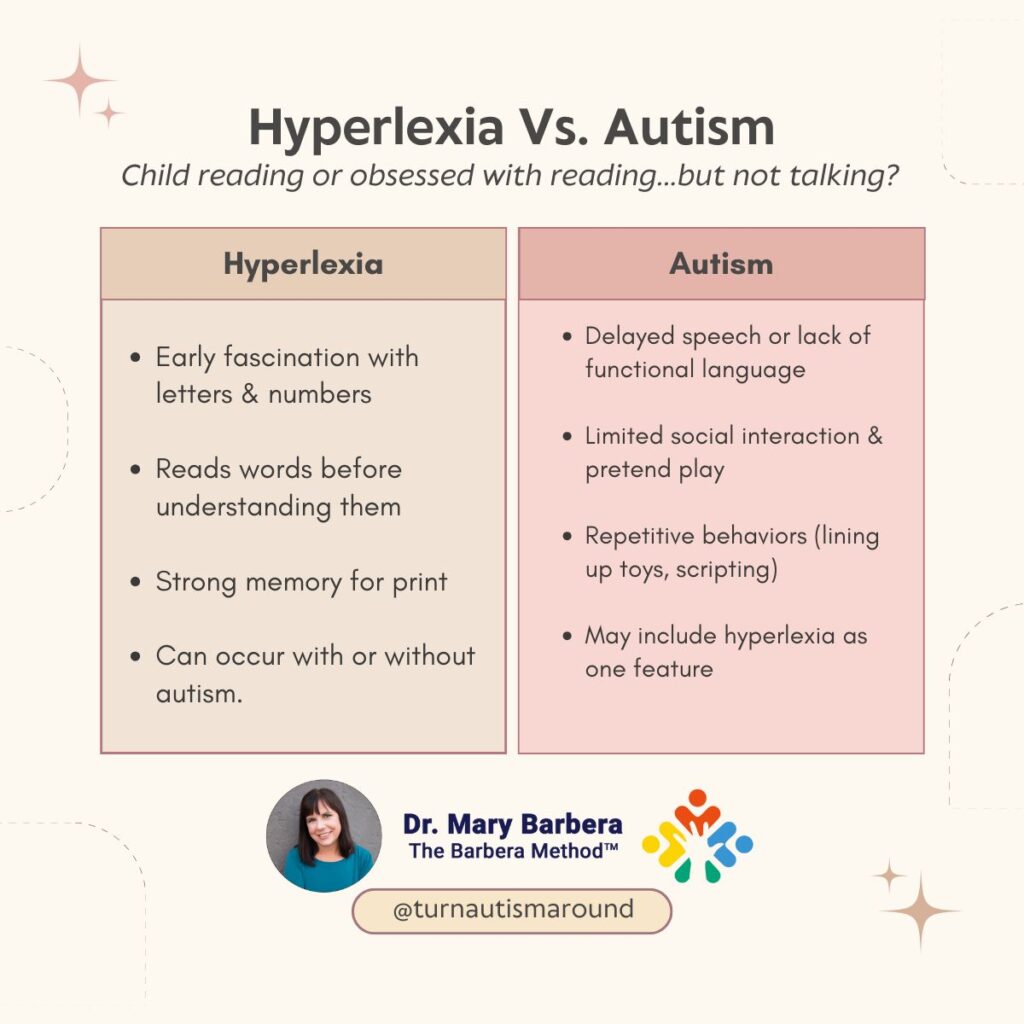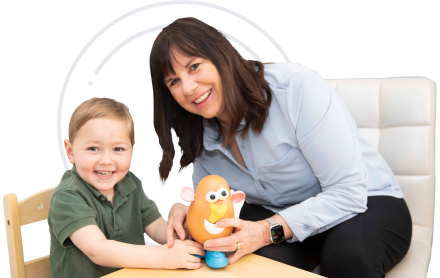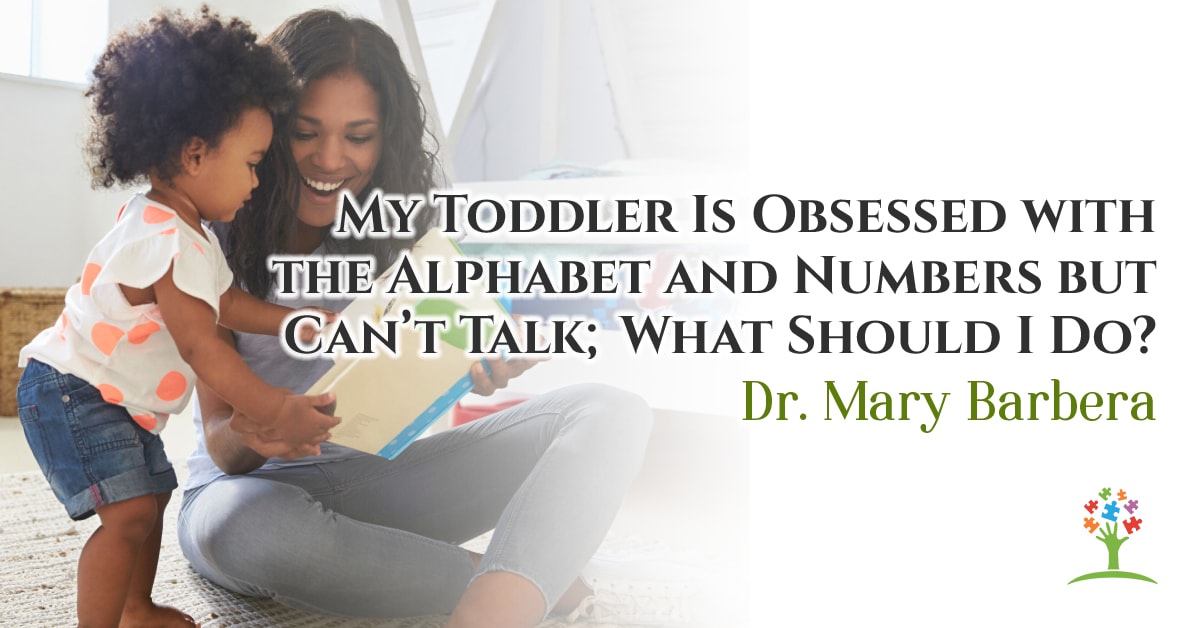You’re listening to the Turn Autism Around podcast, episode number 226. Today, I have my sidekick on the show, Kelsey General, who is our community manager. She’s been with me and our community since 2016, when she joined our online course and community to help her firstborn son, Brantley. Later, she also helped her second son, and now she helps all of us with our children and clients.
Once in a while, we do a classic rebroadcast. Last week, for episode 225, we replayed our show on hyperlexia. Today, Kelsey is back to ask me five of the top questions we get about hyperlexia—early reading, early fixation on letters, whatever you want to call it. It happens frequently in the autism world, and we get a lot of questions. So today is all about that.
Mary: Okay, Kelsey, we are back. We haven’t done a frequently asked questions show in a while, so thank you for joining me today.
Kelsey: Hi Mary, good to be here. Let’s get rolling on hyperlexia questions—it’s a fun topic.
Mary: Awesome. What’s our first question?
Kelsey: Well, what is hyperlexia? Maybe people who are listening are wondering what we’re even talking about today.
What Is Hyperlexia?
Mary: Yeah. I didn’t know what the term was either when my son Lucas started showing signs of hyperlexia. Early on, around the age of two, he was very interested in letters. I thought that was a good sign, so I tried to piece things together.
This was the late 1990s. The internet was just becoming common in homes. I had my first AOL account, and while tech people may have been online earlier, in my house we were just inching along in 1998–1999. Around then, Lucas was showing these signs, so I started searching “two-year-old knows letters” and came across the term hyperlexia.
Hyperlexia is a hyper-fixation on letters and numbers, and especially early reading—before a child can speak functionally. I found the Hyperlexia Association and even called a woman there. When I explained Lucas’s situation, she asked if he had other signs of autism. When I admitted he wasn’t talking, she told me he needed to be evaluated for autism. I remember wanting it to just be hyperlexia, not autism.
Now, there are three types of hyperlexia. One is simply an early sign of giftedness without developmental delays. So, you can have hyperlexia without autism. But in most cases, it accompanies autism. It’s part of the brain developing scattered skills, with a hyper-focus on letters and reading.
I’ve had many clients with hyperlexia—diagnosed or not—and in most cases, if it comes with other signs like delayed speech, poor response to name, lack of pretend play, and not putting words together, it almost always points to autism.
Is Hyperlexia a Good Sign or a Sign of Autism?
Kelsey: A lot of parents think, “Wow, my two- or three-year-old is reading, they must be a genius.” Is hyperlexia a good sign or is it a concern?
Mary: That’s one of the biggest misconceptions. Like I said, I was once in that camp—thinking it meant Lucas would be fine. Some parents, especially if they themselves are engineers, scientists, or very academic, take early reading as a great sign that their child will be like them.
Now, hyperlexia itself isn’t a bad sign. Interest in letters and reading is fine, and it can be a useful skill. But paired with other autism signs, it usually means there are big delays in other areas.
I had one client whose parents were highly technical. Their son could read “apple,” “mommy,” “cat,” and so on at age two. But he wasn’t speaking, rocking frequently, and showing other signs of autism. The parents were thrilled he could type out “apple” and “Barney” on the computer. But I had to explain: teaching him to spell and read more wasn’t the priority. We needed to teach him to request his needs, imitate, understand language, and identify body parts.
Hyperlexia shouldn’t distract from those core skills. If we go too far down the “splinter skill” path, it can cause problems.
Using Strengths Without Losing Focus
Kelsey: That makes sense. It’s good they can say sounds and words, but if they only say letters and numbers, it can become hard to undo.
Mary: Exactly. It’s a fine line. I’ve worked with kids obsessed with numbers, calendars, clocks, Google Maps, baseball stats—you name it. Some of these interests can be channeled into learning, but if reinforced too much, they can overshadow critical skills like comprehension and social interaction.
For example, one client became obsessed with dates and could tell you the day of the week anyone was born. Impressive, but not functional for everyday independence. We had to pull back from reinforcing that skill and redirect energy into language for learning, comprehension, and daily life.
How to Teach Requests and Balance Interests
Many parents ask how to help a child with hyperlexia request wants and needs. My answer is: start with a baseline assessment. We created a 10-minute digital assessment that gives you a child’s baseline in self-care, language, and problem behaviors. From there, you can create a plan.
Early teaching often involves table work with puzzles, flashcards, and simple matching. Yes, you can use letters and numbers as reinforcers, but balance them with animals, vehicles, colors, and shapes. For example, if a child requests the “A” puzzle piece, give it to them, but rotate puzzles and avoid obsessing over letters only.
Important tip: if you use flashcards, cover or cut off the printed words until the child’s spoken language catches up. Focus on nouns, actions, and everyday vocabulary. Letters and reading can be used as reinforcers or to jump-start language, but comprehension, requesting, and following directions should stay the priority.
Scripting and Obsessive Focus
Kelsey: What about scripting? Some kids repeat phrases they’ve read or heard constantly.
Mary: Scripting is a type of stimming. Everyone stims in some way—sports, music, scrolling through your phone. But excessive scripting interferes with learning. I’ve had clients with hundreds of “nonsense” phrases per day, which blocked them from focusing on lessons.
We don’t need to eliminate scripting entirely, but we must reduce it during learning. The more engaged a child is in structured teaching or meaningful activities, the less they script. Over time, with strong programming and reinforcement, scripting can decrease dramatically.
Kelsey: So should parents and professionals use letters and numbers in teaching, or avoid them?
Mary: Use them—but carefully. Letters and numbers can be reinforcers, a way to assess articulation, and a bridge to other skills. But don’t push reading ahead of where the child is developmentally.
For a two- or three-year-old, focus on what peers are doing in preschool: recognizing colors, imitating, following directions, sitting for book time, requesting, and answering simple questions. Use the child’s strengths, but build the weaker areas so they can become as safe, independent, and happy as possible.
Between last week’s episode (#225) and this week’s (#226), I think we’ve covered the big hyperlexia topics. If you have more questions, you can always email us at [email protected]
or check out our online courses and community, where we discuss hyperlexia in depth.
Kelsey: Yes, quite a bit!
Mary: Thank you, Kelsey, and thanks to everyone listening. I’ll see you next week—same time, same place.



